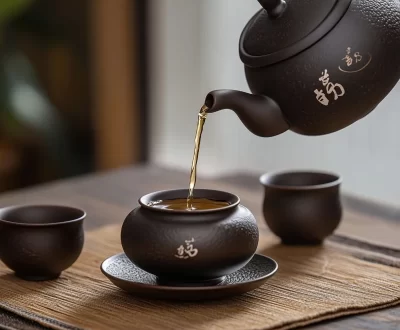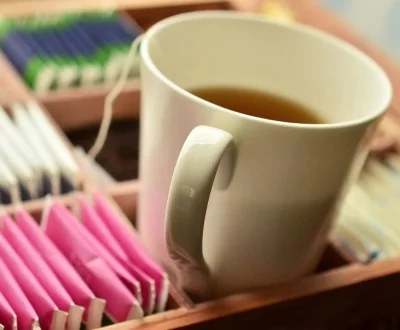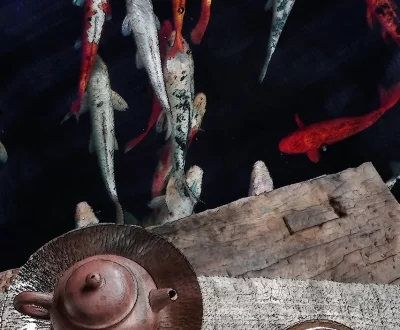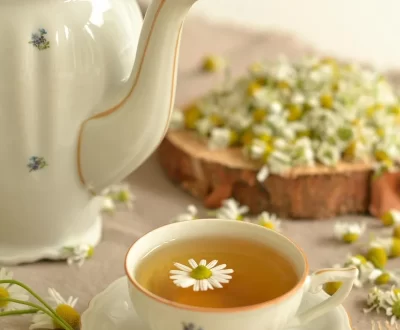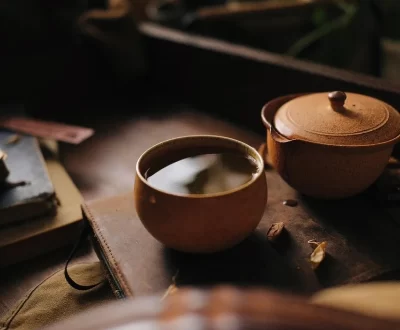Sipping Stories: “Japanese Tea Ceremony vs Indian Chai Rituals”
- September 3, 2025
- Uncategorized
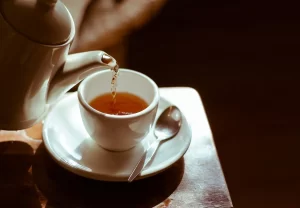
Tea is merely a drink to some people, but to nations such as Japan and India, it is imbued with meanings that extend well beyond flavor. It fascinates me how two countries, halfway around the globe, have created so rich a tradition out of something as quotidian as hot leaves steeped in water—although in radically different ways. On one side, you have the formality and precision of the Japanese Tea Ceremony vs Indian Chai Rituals. Both are about tea, of course, but they are quite distinct stories about people, culture, and how they express hospitality and mindfulness through tea traditions.
The Japanese Way: A Ritual of Grace
The Japanese Tea Ceremony, referred to as chanoyu or sado, is not so much about drinking tea—it’s about being in harmony, respecting, and being present. Every movement, from whisking the tea to presenting the bowl, is significant. The atmosphere is quiet, the mood calm, and the guests engage with mindful attention. It’s a moment when time seems to slow down.
When you sit in a Japanese Tea Ceremony, you realize it’s not thirst-quenching but soul-nourishing. It’s art, meditation, and hospitality combined. Even the utensils, the flowers chosen with the season in mind, and the way the host bows are intentional. The Japanese Tea Ceremony tradition embodies deep respect and mindfulness that lingers long after the final sip.
The Indian Way: A Cup of Chaos and Comfort
And now let’s visit India, where Indian Chai Rituals are the opposite of subdued ceremony. It’s loud, vibrant, and everywhere. Masala chai isn’t consumed in silence; it’s brewed in hot pots with ginger, cardamom, milk, and sugar as conversations flow around it. In Indian households, the day almost begins and ends with chai. It’s how families gather in the morning, how neighbors become friends in the evening, and how friendships are sealed at roadside tea stalls.
Walk into any Indian home and you’ll hear the familiar line: “Chai loge?” It’s not just a question—it’s an invitation to connect. Unlike the Japanese Tea Ceremony, Indian Chai Culture is casual, flexible, and deeply social. From weddings to festivals to a friend dropping by unexpectedly, chai traditions in India have a way of making every moment warmer.
A Beautiful Contrast
Something I like about the contrast between the two traditions is how each reflects the culture in which it is rooted. The Japanese tea ceremony values precision, calmness, and attention, mirroring Japan’s very disciplined and aesthetic society. Indian chai ceremonies, on the other hand, value spontaneity, welcome, and joy, mirroring India’s love of community and coming together.
And yet, in both of them that same idea: tea brings people together. Whether in the solemn bow before drinking matcha in Kyoto or in the laughter over a shared pot of chai in Delhi, the cup is a bridge between humankind.
Final sip
Japanese tea ceremony and Indian chai might be worlds apart, but both remind us that tea is never, ever just tea. It’s a shadow of life, the way people gather, commemorate, and console each other. One instructs us to slow down and notice beauty in stillness; the other reminds us of the joy of noise and togetherness. Either way, every cup tells a tale worth slowing down for.
Japanese Tea Ceremony and Indian Chai might be worlds apart, but both remind us that tea is never, ever just tea. It’s a reflection of life—the way people gather, commemorate, and connect. One teaches us stillness and grace; the other, warmth and community. Either way, every cup tells a story worth pausing for.
To dive deeper into global tea traditions, visit The Tea Museum Blog or explore the Urasenke Foundation to learn about the Japanese Tea Ceremony.
Click here for more blogs . Thankyou.
More from our blog
See all postsRecent Posts
- Is tea good or bad for health? Let’s Talk Tea. September 3, 2025
- Beyond the Chai Wallah: Uncovering India’s Secret Tea Gardens September 3, 2025
- That Cup in Your Hand? It Has a Wild Story to Tell September 3, 2025


